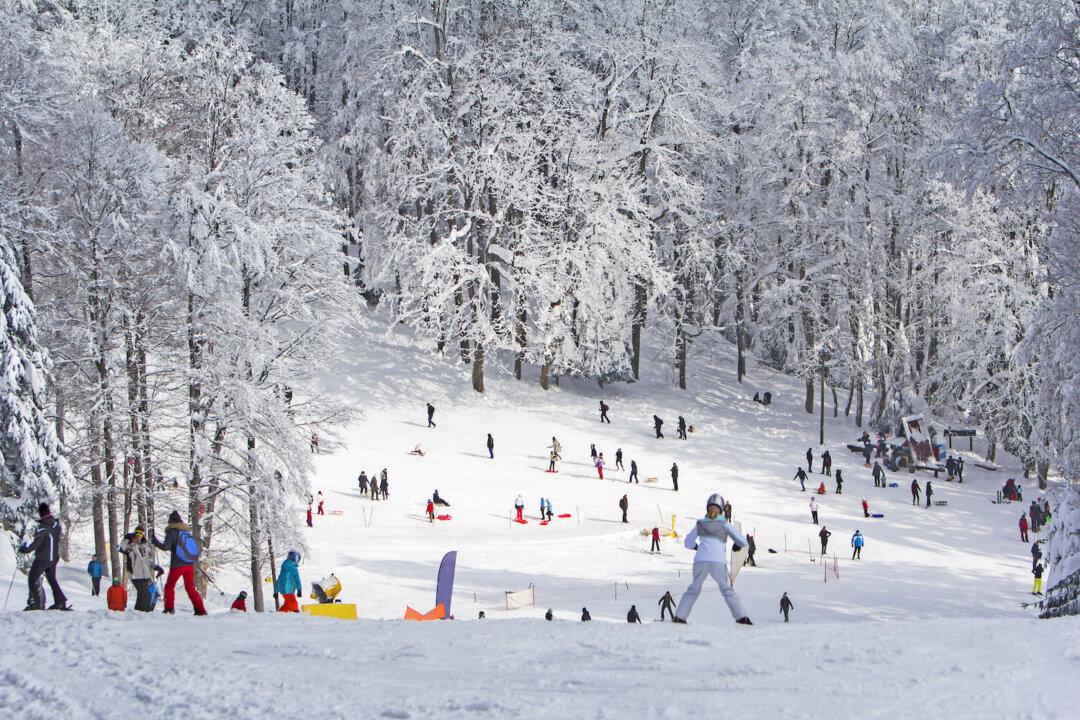Commentary
Apparently, four of five adults who have their first skiing experience never come back. This is what the ski instructor said. I get it, but I hope I’m not among the four.

Apparently, four of five adults who have their first skiing experience never come back. This is what the ski instructor said. I get it, but I hope I’m not among the four.